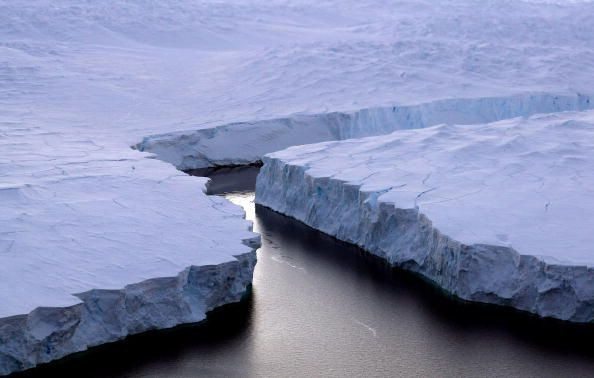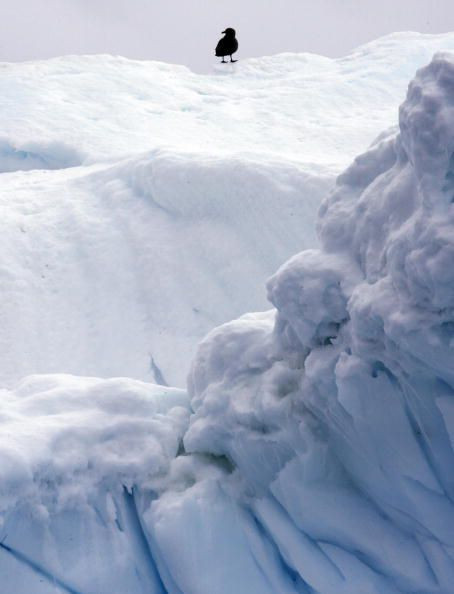Global Warming 2015: Antarctica Actually Gaining Ice, But It Won't Last

A NASA study finds Antarctica is actually gaining ice cover despite global warming. A study released last week used satellite data to determine the continent's ice sheet gained 112 billion tons of ice a year from 1992 to 2001, slowing to 82 billion tons from 2003 to 2008.
The gains are in East Antarctica and the interior of West Antarctica although losses have been registered on the Antarctic Peninsula and the Thwaites and Pine Island regions of West Antarctica, said Jay Zwally, a glaciologist with NASA Goddard Space Flight Center in Greenbelt, Maryland, and lead author of the study published Friday in the Journal of Glaciology.
“If the losses of the Antarctic Peninsula and parts of West Antarctica continue to increase at the same rate they’ve been increasing for the last two decades, the losses will catch up with the long-term gain in East Antarctica in 20 or 30 years -- I don’t think there will be enough snowfall increase to offset these losses,” Zwally acknowledged.
The study analyzed data from radar altimeters on two European Space Agency European Remote Sensing satellites for the 1992 to 2001 analysis and from the laser altimeter on NASA's Ice, Cloud and land Elevation Satellite for the 2003-08 data collection period. Zwally said meteorological data dating to 1979 show snowfall actually decreased by 11 billion tons annually in East Antartica during both periods.
“At the end of the last Ice Age [10,000 years ago], the air became warmer and carried more moisture across the continent, doubling the amount of snow dropped on the ice sheet,” Zwally said.
The researchers figured the mass gain from the thickening of East Antarctica ice remained steady from 1992 to 2008 at 200 billion tons per year while losses from the coastal regions of West Antarctica and the Antarctic Peninsula increased by 65 billion tons per year.
“The good news is that Antarctica is not currently contributing to sea level rise, but is taking 0.23 millimeters per year away,” Zwally said. “But this is also bad news. If the 0.27 millimeters per year of sea level rise attributed to Antarctica in the IPCC [ Intergovernmental Panel on Climate Change] report is not really coming from Antarctica, there must be some other contribution to sea level rise that is not accounted for.”

NASA and National Snow and Ice Data Center at the University of Colorado at Boulder reported in September this year's minimum ice cover in the Arctic was just 1.7 million square miles, 700,000 square miles less than the 1981-2010 average.
“This year is the fourth lowest, and yet we haven’t seen any major weather event or persistent weather pattern in the Arctic this summer that helped push the extent lower as often happens,” said Walt Meier, a sea ice scientist at Goddard. “It was a bit warmer in some areas than last year, but it was cooler in other places, too.
“The ice cover becomes less and less resilient, and it doesn’t take as much to melt it as it used to,” Meier said. “The sea ice cap, which used to be a solid sheet of ice, now is fragmented into smaller floes that are more exposed to warm ocean waters. In the past, Arctic sea ice was like a fortress. The ocean could only attack it from the sides. Now it’s like the invaders have tunneled in from underneath and the ice pack melts from within.”
Arctic sea ice decline has been accelerating since 1996.
© Copyright IBTimes 2024. All rights reserved.






















